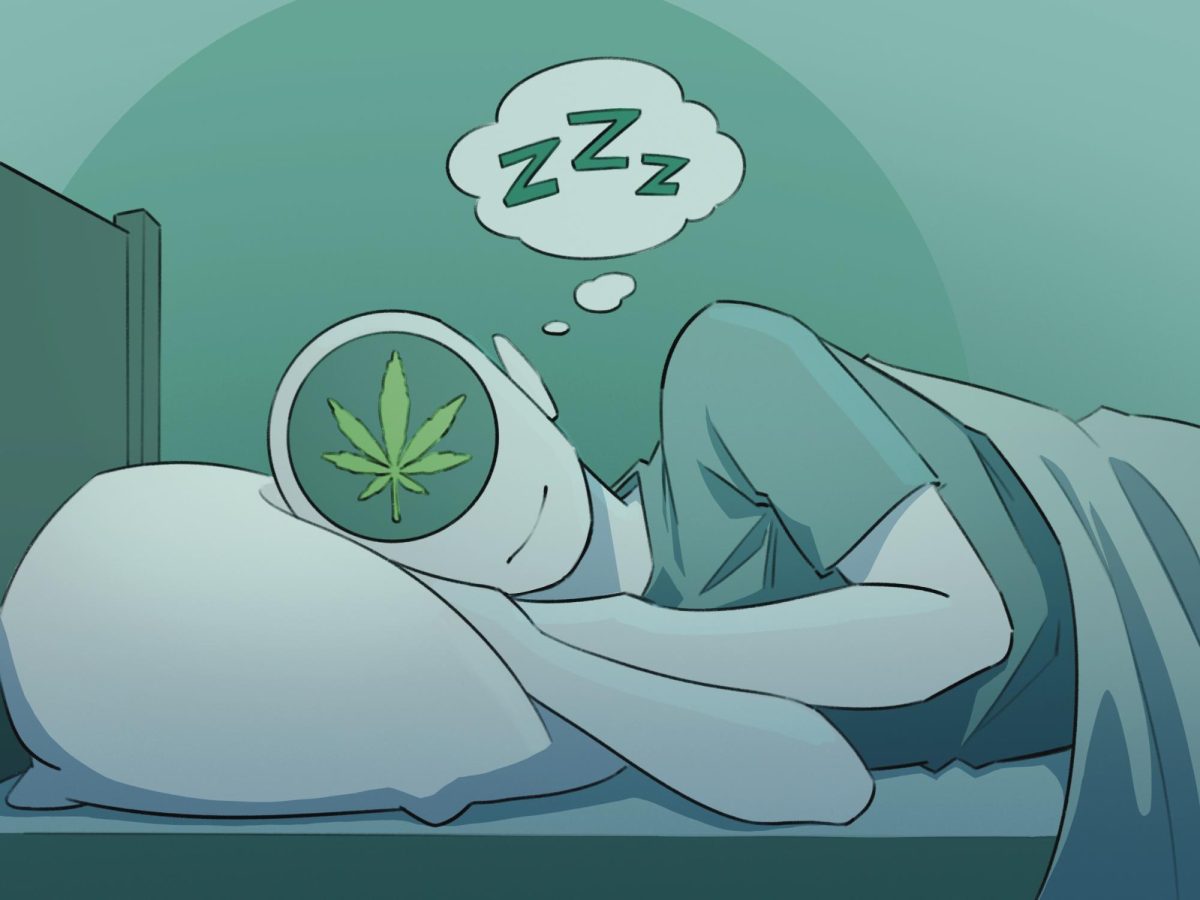A new kind of magnetism has been proven to exist and may be able to combine the beneficial properties of other magnets to humanity’s advantage.
Before this discovery, it was thought that there were two kinds of magnets: ferromagnetic and antiferromagnetic. Ferromagnetism, the oldest known form of magnetism, results from all the electrons in a material facing one way. Each electron has its magnetic field. When they all face the same direction, this results in the kind of magnetism used by fridge magnets, electric motors and telephones.
Meanwhile, antiferromagnetism is the result of alternating spins of electrons. Adjacent atoms and ions rotate between pointing “up” and “down.” This alternating pattern of electron alignment results in a canceling out of charges without an external magnetic field.
However, in the presence of a magnetic field below certain temperatures, these magnets can be as strong as the ferromagnetic kind. Antiferromagnetism is used in environmentally friendly refrigerator cooling and magnetic mine-evasion technology.
Ferromagnetism has been known since the time of the Greeks. Antiferromagnetism was discovered by Louis Néel in the 1930s. He went on to win the Nobel Prize for this discovery. Then, in 2019, a physicist at the Johannes Gutenberg University of Mainz, Libor Šmejkal, was working on spintronics in what he thought were antiferromagnets.
According to Néel’s data, there shouldn’t have been any magnetism at play since the antiferromagnets weren’t exposed to any external magnetic field. However, when he measured the ruthenium dioxide he was working on, he realized that it was exhibiting both ferromagnetic and antiferromagnetic properties, which he eventually published in a proposal.
This new type of magnetism was dubbed alter magnetism. The key is that the spin of atoms and their electrons in an alter magnet is not locked the way it is in other magnets. Every adjacent atom is rotated 90 degrees while the electron spin associated with it is rotated 180 degrees.
The alternating up and down spin is still present in alter magnets, so they have no net magnetism in the absence of an external magnetic field. Alter magnets can be ushered into up and down states when currents are applied to them in different directions.
This was theoretical until recently when research led by Juraj Krempasky of the Paul Scherrer Institute in Villigen, Switzerland, with Libor Šmejkal on board, confirmed that manganese telluride, previously thought to be antiferromagnetic, is in fact altermagnet.
“Altermagnets can host a range of new phenomena that are unparalleled in either the conventional ferromagnets or antiferromagnets,” Krempasky wrote.
Two other studies have been performed using magnesium telluride and ruthenium dioxide. The evidence is coming in droves and all evidence points to the rapid emergence of a new field of magnetism that harnesses the best of ferromagnetism and antiferromagnetism.
According to theoretical predictions, over 200 materials should exhibit the newfound phenomenon, twice as many as there are currently ferromagnetic materials. Altermagnetism offers researchers the opportunity to explore superconductivity and spintronics, key aspects of burgeoning supercomputers and magnetic memory technology.









